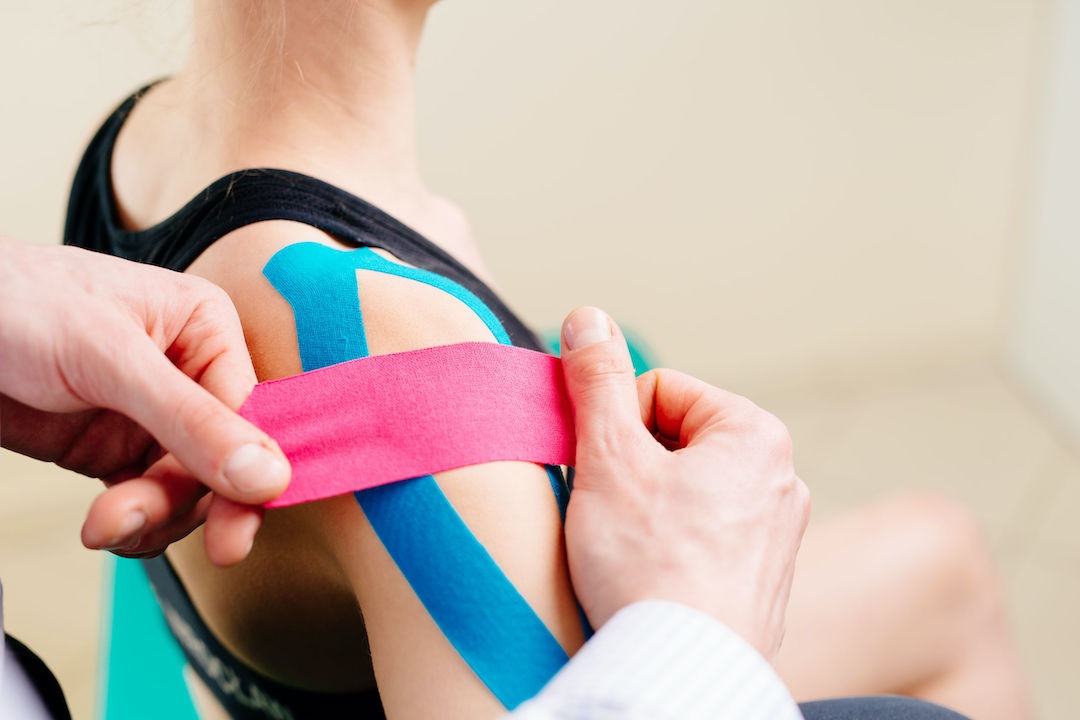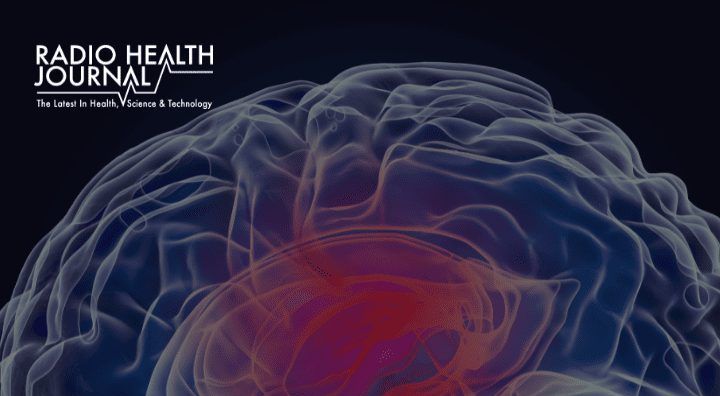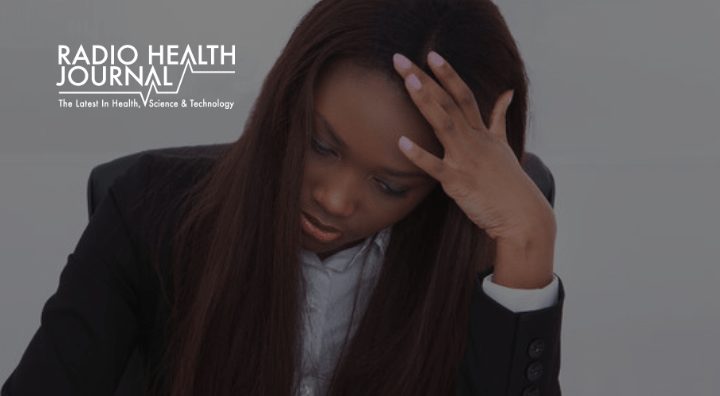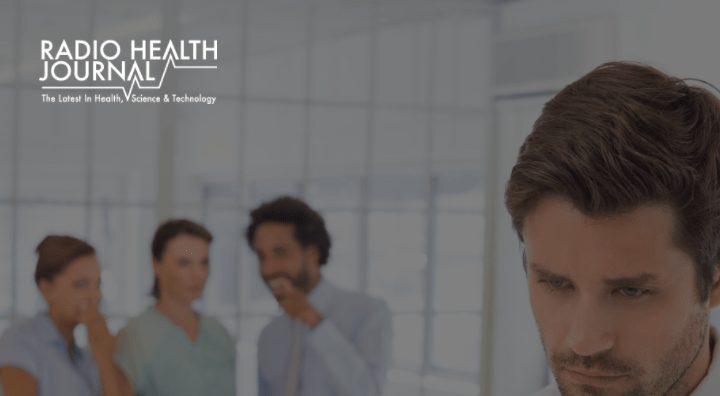Professional musicians often suffer from repetitive motion injuries, while dancers suffer athletic injuries. Both often “play hurt,” in part due to fear of losing position or income, or because they are more likely than most professions to have no health insurance. Experts discuss ways performers are recognizing the problem and seeking to treat and prevent workplace injuries. Produced by Polly Hansen and hosted by Reed Pence.
Guest Information:
- Amy Roisum Foley, Professor of Music and Director of Bands, Minnesota State University
- Lynne Krayer-Luke, professional flutist and licensed Andover Educator
- Dr. George Shybut, Wellington Orthopaedics and Sports Medicine, Cincinnati and Past President, Performing Arts Medical Association
- Julie Daugherty, physical therapist, American Ballet Theater
Links for more info:
15-02 Performer’s Injuries
Reed Pence: Professional dancers and musicians make a living creating beauty for the eye and ear. But while we’re enjoying their performance on stage, some of those artists may actually be in excruciating pain without our knowing it. For some it’s a badge of honor. There’s a kind of twisted pride in living by the motto “no pain, no gain,” or that other one: “no play, no pay.” Sports medicine has been able to give the arts community some pointers, but many musicians and dancers think it’s a requirement to keep going far beyond the point of pain if they want to improve or even survive as an artist.
Amy Roisum Foley: The perception still exists in the profession. Part of it is fear; many musicians and performers do not have their own health insurance so they have to perform regardless of how they feel.
Reed Pence: That’s Amy Roisum Foley, Director of Bands and Professor of Music at Minnesota State University, Mankato, and a musician’s health and wellness specialist.
Amy Roisum Foley: I recently heard somebody in the profession say “Well, of course my shoulder hurts that’s just the way it is,” and that caught me by surprise.
Lynne Krayer-Luke: Musicians have come to accept pain as part of their profession. Many of them think that pain is normal, that it’s just part of the job, and so they learn ways of just adapting and coping, and many of them conceal their pain, perhaps out of fear for losing their job or not receiving any new work.
Reed Pence: That’s Lynne Krayer-Luke, a flutist and licensed “Andover Educator,” a specialist in helping musicians make repetitive movements in ways that lessen the chance of injury.
Lynne Krayer-Luke: If you’re an orchestral musician and you become injured and can no longer play, you’re not going to be paid for those services. Quite frequently with orchestral playing, or any sort of gig, musicians are being paid per service; they’re being paid per gig. So if they’re not there performing they’re losing income. So we don’t have that luxury of always sitting out and resting as much as we’d like or as much as maybe we should.
Reed Pence: However, Krayer-Luke says awareness of the problem has increased, and faculty at music schools nationwide have started educating musicians about on-the-job injuries and how to prevent them. The National Association of Schools of Music Handbook now includes standards for performance practice safety and wellness, starting with hearing health. Collaborators on the new handbook plan to tackle musculoskeletal problems next.
Lynne Krayer-Luke: I think what a lot of people maybe don’t realize is that we musicians move for a living many hours a day, many years of our lives. And these movements are very rapid, very highly refined movements. And those hours, weeks, years of moving can put a lot of wear and tear on the body, especially if you’re using your body in a way that it’s not designed to be used.
Reed Pence: Foley says physical problems usually don’t show up right away, but even beginning instrumentalists can take precautions to prevent injuries from occurring down the road. For example, thousands of young students take up the clarinet each year.
Amy Roisum Foley: I encourage beginning clarinetists; I encourage all clarinetists to play with a neck strap. They have wonderful elastic neck straps that still allow you to move and still give you flexibility, but it takes about two thirds of the weight to the instrument off of your right hand. Sometimes the mouth pieces that come with the instruments don’t play freely, so I encourage beginning clarinet players right away to make sure that they’ve got a really good mouthpiece and reeds that work. Because otherwise the new player is fighting the instrument, which means that they might be using their air in a weird way, they might be using muscles to play that they don’t need to use, –which at first is not a big dea, but over time begins to really cause some problems.
Reed Pence: The type of disorder musicians may develop depends on the instrument they play. Wind players, for example, may be prone to TMJ syndrome that may cause severe pain in the jaw. Players of all kinds suffer from chronic sore neck and shoulders, and tendonitis in the hands and wrists.
Lynne Krayer-Luke: Usually the musicians I see coming in that are the worst cases are people that have suffered through injury and are trying to recover from injury. Typically they have been treated by a medical professional and they have been healing from their injury, and now they’re looking for someone to help educate them on movement retraining.
Reed Pence: Experts say it’s impossible to get an accurate picture of just how many dancers and musicians perform with injuries because many of them will never let on that they’re hurting.
George Shybut: A lot of performing artists in the past have not been willing to report injuries for fear of either losing their job or losing their position in the company, or failing to perform at an audition or a recital.
Reed Pence: That’s Dr. George Shybut, an orthopedic surgeon with Wellington Orthopedics and Sports Medicine in Cincinnati and past President of the Performing Arts Medical Association. He says injuries among musicians and dancers have been documented since the 1700s, but real attention to them didn’t occur until the 1980s. That’s when the mainstream media discovered the story of two world class pianists, Gary Graffman and Leon Fleisher, who had both lost control of their fingers as a result of a disorder called focal dystonia.
George Shybut: Initially it was thought to be a psychiatric disorder because it would be very specific. In some cases it would develop when a musician was performing a specific piece, sometimes it would develop when he was performing a specific passage. And commonly what is seen when this happens is that if you’re looking at the fingers of a piano player for example, two or three of the fingers will suddenly either go into a bent position so that they can’t strike the keys, or sometimes it’s just the opposite they go into a straight position and the musician loses control of his ability to control those specific fingers.
Reed Pence: We’ve talked some about retraining musicians to get away from old habits that might be hurting them. But how is it different for dancers?
Julie Daugherty: A lot of sports medicine is really where dance medicine probably started, and we still borrow a lot.
Reed Pence: That’s Julie Daugherty, physical therapist for the American Ballet Theater.
Julie Daugherty: They are athletes. It’s like being in any particular sport, there are certain things that you have to do, there are certain things that you have to rehab to come back to. And because dance is so detail oriented and you have to have full range of motion. You can’t really strap up an ankle like you might with a football player and give very little motion because they have to be able to still go on point. So if you don’t understand that, then you can’t help with that rehab process, and realize when they’re ready to come back and when it’s safe for them and strong enough and all of that full range of motion. Where a football player wouldn’t need to have that full range of motion necessarily.
Reed Pence: Daugherty works backstage during performances as well as during the week treating dancers with various injuries. A big part of her work involves simply keeping injuries from getting worse. The show must go on, but Daugherty sometimes has to educate her dancers on when it should go on without them.
Julie Daugherty: A lot of what I spend my time do doing is trying to help the dancer determine and educate them on what is okay to dance through and what’s not okay. It’s a difficult profession, and they all tend to have some aches and pains throughout a lot of their career, and a lot of the time dancing. But knowing what is okay to push and what really is a bad idea to push is really important. And so if they can see the difference and be convinced that actually by resting it they’re not going to injure themselves as badly and they’re going to do better and be out for less amount of time if they manage it. Take care of it now rather than waiting until it become so bad that they actually can’t dance.
Reed Pence: However, dancers and musicians are passionate people, and when competition is stiff, it’s hard to convince dancers to stay off their feet or musicians to put down their instrument.
Julie Daugherty: It’s a regular part of my job to argue with the dancers and try to convince them that they should stop, especially if it’s a performance. And especially when they’re very young and they’re just advancing, because they feel like if they give up an opportunity that’s it, you know it’s end of the world. Also with kids when they’re in school they still feel like if they don’t do that performance their whole career will be jeopardized. I’ve had timed where I’ve actually stated you are dancing against my medical advice, and given them the reasons why. And I’ve even had somebody sign something saying that they understand that. You know they’re adults when they get into the company and there is only so much you can do. You just have to make sure that they understand what risks they’re taking.
Reed Pence: Classical ballet is bad enough, but Daugherty says the potential for injury is even greater in contemporary dance, where choreographers demand more and more outrageous tricks. She points to popular T.V. shows like Dancing With The Stars and So You Think You Can Dance as examples.
Julie Daugherty: Harder stuff, because it looks more challenging, it looks more amazing, like the tricks. Those things that look really spectacular can be very hard on a dancer, and people tend to do things that can be quite spectacular but they also can be very challenging and difficult on the body. So the more demanding stuff becomes the more injured the dancers can get, and the more extreme. You know extreme range of motion where you look like a contortionist almost. That’s what I cringe at basically when I see those kinds of things.
Reed Pence: So why do they do it? It’s a challenge, for sure, but often, dancers haven’t learned that there are limits. Musicians, too. Experts agree, the more performing artists know… The better off they’ll be.
Julie Daugherty: The more education I think the better, because a lot of dancers in the past it was just grit your teeth and get through it, and more power to you, you’re strong and you did it mentality. But if you actually take care of things early and don’t just grin and bare it your function is better, you’re less injured and ultimately you’re able to dance better and stronger and longer. And so that’s kind of where with that education and with that kind of approach I think dancers end up being better off for their general health in the long run and just in their careers as well.
Reed Pence: Dancers of the American Ballet Theater and other large, well-established companies are more fortunate than many. They have physical therapists on hand and have health insurance, too. But Daugherty says free-lancers who may not be able to afford health insurance probably tend to dance injured more than they should. Our experts say the same goes for free-lance musicians. But there are resources where performing artists can go for help.
George Shybut: You can certainly use the Performing Arts Medical Association website as a resource. There are a number of videos and policy statements there that if somebody is a performing artist and has a problem if they want to go there, and get either a referral or just get some general information about a specific problem. If the athlete is healthy and well conditioned then they perform better, well the same thing is true with musicians. And musicians in the past have not had the resources to focus on nutrition, on conditioning, on wellness and I think that whole movement is just coming to fruition. And hopefully we’ll have a group of healthy musicians and dancers in the future that will be able not only to avoid injury but perform better.
Reed Pence: Everyone knows that old habits die hard. And because performing artists have practiced, “no pain, no gain” for centuries, it may be some time before they take a different lesson to heart, namely that sometimes, “rest is best.” Experts hope that with better education and understanding fewer musicians and dancers will perform when they’re hurt, but when they do, chances are you’ll never know it. You can learn more about the performing arts medicine association and other wellness resources by visiting our web site at radiohealthjournal.net. Our writer/producer this week is Polly Hansen. I’m Reed Pence.
Sign up to receive email updates
Enter your name and email address below and I’ll send you periodic updates about the podcast.











Leave a Reply